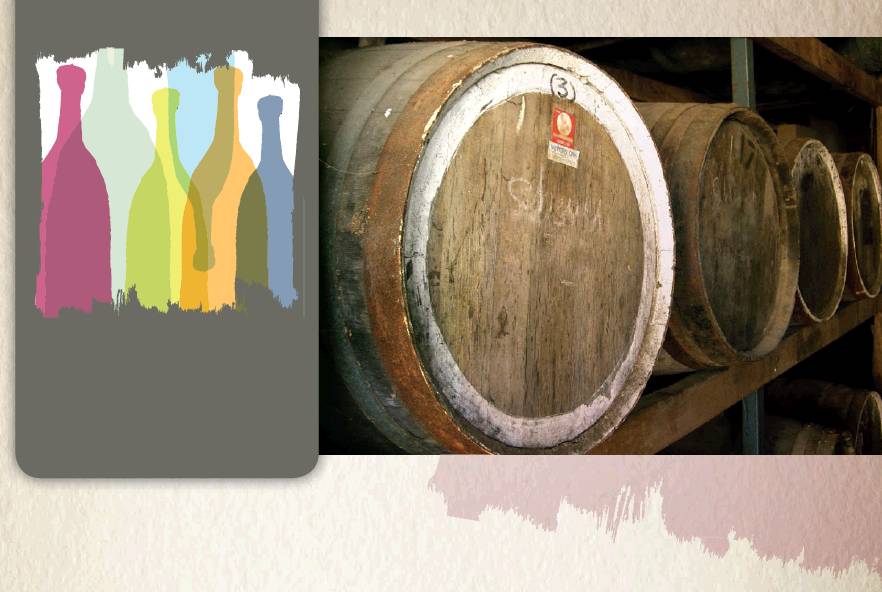CRUSH
The Holidays are here! What shall we drink?
by Pat Daniel
One of my wonderful discoveries on my first visit to France in 2001, was that the French drink Champagne all the time. I was amazed to find people in a fine restaurant starting their evening with an “apéritif” a glass of Champagne. I was used to the American custom of serving Champagne only for special celebrations. I also discovered that Champagne was a marvelous companion to a vast array of foods. It is especially well suited to many of the foods we often consume during the holidays, and besides, what could be more festive than the pop of the cork and the effervescence of the wine?
What is champagne?
The term Champagne can only be used on the labels of the sparkling wines from the Champagne region of France, which is about an hour and a half northeast of Paris. It is a beautiful region, cooler than many of the wine growing regions of France, with deep caves dug into the chalky soil of an ancient seabed. It is this chalky soil that permeates the wines produced here with a wonderful minerality.
What holiday foods pair with champagne?
Champagne is virtually the perfect wine, because it pairs with such a wide variety of foods. To start, Champagne pairs well with so many appetizers: canapés, smoked salmon, caviar, foie gras, lobster, oysters, shrimp, scallops, crab, mussels, fried mushrooms, fried cheese, popcorn, potato chips, olives, sliced meats, brie, parmesan, gouda and cheddar cheeses. So many main dishes enjoyed during the holidays are perfect with Champagne. The entire dinner at Thanksgiving with turkey and all the heavy casseroles, especially dressing, green bean casserole, mashed potatoes and gravy and mac and cheese pair perfectly with dry Champagne.
Other good pairings include eggs, egg dishes, omelets, bacon and sausage (perfect for brunch) duckling, fried chicken, pasta or risotto with cream or mushroom based sauces, virtually any fish or seafood dishes, sushi, cured meats and Chinese food. It also pairs well with less sweet desserts and chocolate. Foods to avoid include grilled red meats, foods with tomato-based sauces and foods with lime or basil.
But isn't champagne too expensive for everyday?
Of course, there are some expensive Champagnes. Champagnes go through initial malolactic fermentation into a still wine that is then bottled with the addition of a small amount of sugar and fresh yeast. These bottles then go through a second fermentation that produces the carbon dioxide in the wine that creates the famous bubbles. The bottles are then “disgorged” removing the leftover remnants of the yeast, a bit of new wine is added and the bottles are recorked with the traditional Champagne stopper. This time consuming, multi-step process is known as the “méthode champanoise” Other regions such as the Loire, the Jura, Burgundy and Alsace in France produce sparkling wines with the same process, which are labeled “Crémant” Many of these are lovely, less expensive wines that drink beautifully. Some sparkling wine is made using the less time-consuming Charmat method, in which the wine is fermented twice in large sealed tanks and then bottled.
What about sparkling wine from other regions?
The Italians drink sparkling wines all the time, just like the French. It is produced in almost every wine region in Italy. The Italian term for sparkling wine is “spumante” Prosecco is the lovely, faintly peachy sparkling wine from the Veneto region of northeast Italy. It pairs beautifully with the typical foods of the region such as nuts, olives and sliced meats. The sweeter Asti wines of Italy pair well with sweeter desserts. The Spanish sparkling wines, known as Cava are often, although not always, mass-produced and inexpensive. They are made to be drunk young and do not generally age well. Again, they pair best with foods of the region such as smoked fish and cured pork. American sparkling wines suffer from the difficulties of the warmth of the climate of California where most are produced. They have improved over the last 20 years and many fine examples are now available. Beware of the mass produced cheap variations.
How to open a bottle of bubbly
First, remove the foil. Second, remove the wire cage, taking care to keep a hand on the cork. Place a towel over your hand and gently twist the bottle in one direction and the cork in the other, easing the cork out with the bottle slightly tilted to allow the pressure to escape.
Enjoy your holidays and drink what you love. Cheers!

